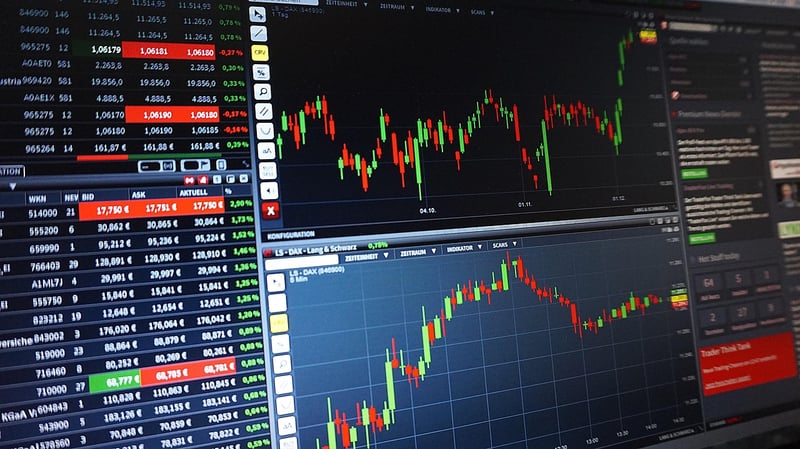Risk Assessment
Understanding Market Dynamics and Risk Assessment
Introduction
In the fast-paced world of business and finance, understanding market dynamics and conducting risk assessments are crucial elements for companies to make informed decisions. By grasping the intricacies of market trends and evaluating potential risks, organizations can navigate uncertainties with confidence and strategy.
Market Dynamics
Market dynamics refer to the forces and factors that influence price levels, demand and supply, competition, and other elements within a market. These dynamics are constantly evolving and can be affected by various external and internal factors.
Key aspects of market dynamics include:
- Supply and demand fluctuations
- Competitive landscape
- Technological advancements
- Regulatory changes
- Consumer preferences
By analyzing market dynamics, companies can anticipate shifts, identify opportunities, and stay ahead of the curve.
Risk Assessment
Risk assessment is the process of identifying, analyzing, and evaluating potential risks that could impact the achievement of objectives. It involves assessing the likelihood of risks occurring and their potential impact on business operations.
Key steps in risk assessment include:
- Identification of risks
- Risk analysis
- Risk evaluation
- Risk treatment
- Monitoring and review
Effective risk assessment allows organizations to proactively manage risks, allocate resources efficiently, and enhance decision-making processes.
Conclusion
Understanding market dynamics and conducting thorough risk assessments are essential components of successful business operations. By staying informed about market trends and potential risks, companies can adapt quickly, seize opportunities, and mitigate threats effectively. Embracing these practices empowers organizations to navigate uncertainties with resilience and achieve sustainable growth.


For more insights on market dynamics and risk assessment, visit Investopedia and Project Management Institute.
